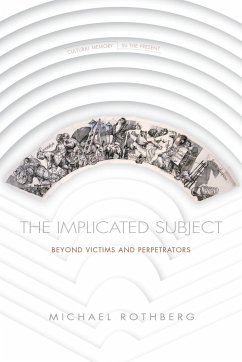Arguing that the familiar categories of victim, perpetrator, and bystander do not adequately account for our involvement in historical violence and contemporary inequality, this book introduces a new theory of political responsibility through the figure of the implicated subject.
Hinweis: Dieser Artikel kann nur an eine deutsche Lieferadresse ausgeliefert werden.
Hinweis: Dieser Artikel kann nur an eine deutsche Lieferadresse ausgeliefert werden.








